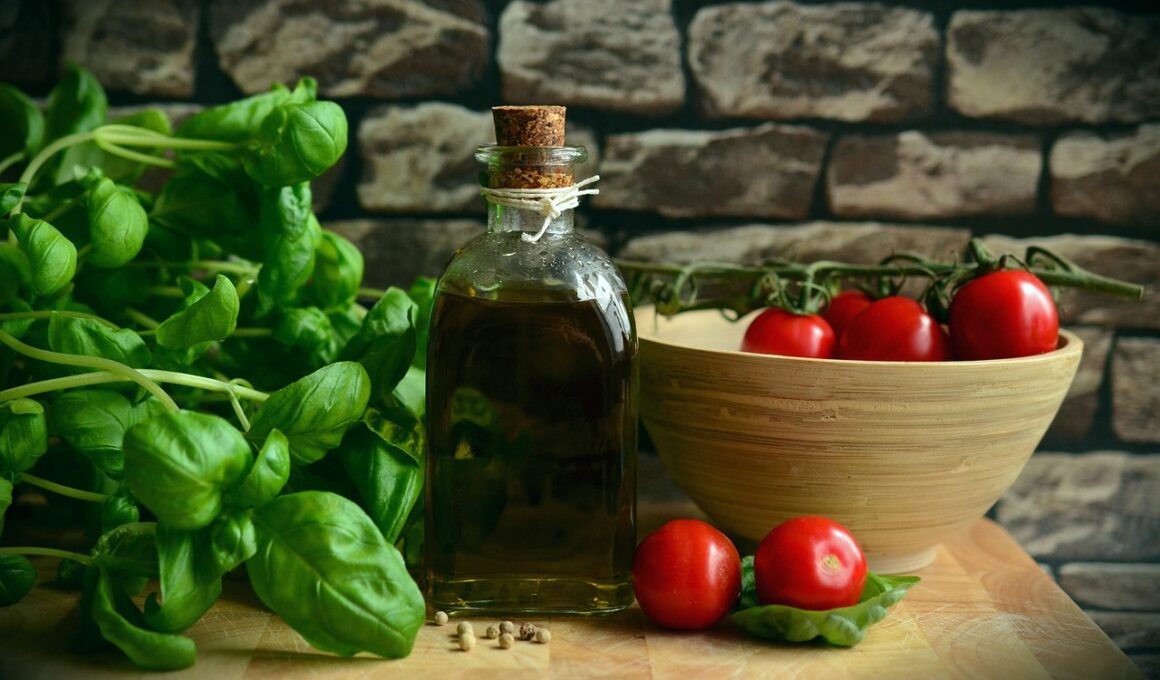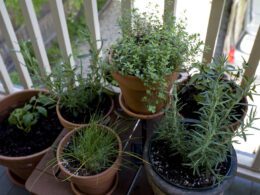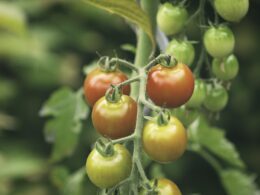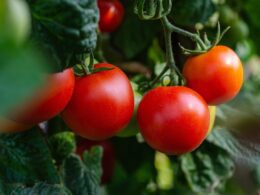You’ve just enjoyed a delicious cup of coffee and are left with a handful of used coffee grounds. You might be wondering, can these seemingly useless leftovers actually benefit your garden?
Sprinkling coffee grounds in the garden has become quite popular among gardening enthusiasts, but is it really worth it? In this article, we’ll explore the composition of coffee grounds and their potential benefits and drawbacks for your garden’s health. We’ll also discuss how to properly apply them and suggest alternative uses for those grounds that can help you create a safer and more flourishing environment for your plants.
So sit back, grab another cup of joe, and let’s dive into the world of repurposing coffee grounds in your garden!
Understanding the Composition of Coffee Grounds
Let’s dive into what makes up coffee grounds, so we can better understand their potential impact on our gardens.
Coffee grounds are essentially the leftover byproduct after brewing a cup of coffee. They contain several essential nutrients that plants need to thrive, such as nitrogen, phosphorus, potassium, magnesium, and calcium.
As you might know already, these nutrients play a crucial role in plant growth and development. Nitrogen is vital for leaf growth and photosynthesis; phosphorus supports strong root systems; potassium helps with water regulation within the plant; magnesium aids in chlorophyll production; and calcium promotes cell wall structure.
With all these benefits packed into coffee grounds, it’s no wonder gardeners are eager to add them to their soil!
But wait! Before you start sprinkling those grounds around your plants, keep in mind that moderation is key. Too much of anything can be harmful – even something as seemingly harmless as coffee grounds.
Overusing them could lead to an imbalance of nutrients in your soil or create other issues such as fungal growth or attracting unwanted pests. So when considering adding coffee grounds to your garden beds or compost pile, remember that balance is essential for ensuring the safety and well-being of both your plants and yourself.
Potential Benefits of Using Coffee Grounds in Your Garden
Imagine the thrill of turning your morning java waste into a garden’s treasure trove, nurturing your plants and enriching the soil!
Using coffee grounds in your garden can provide several benefits for both your plants and the environment. Not only are you giving new life to something that would otherwise end up in a landfill, but you’re also creating a healthier space for your beloved greenery.
Coffee grounds are packed with essential nutrients such as nitrogen, potassium, phosphorus, and trace minerals that can do wonders for plant growth. When mixed into the soil or used as mulch, these nutrients slowly release over time and get absorbed by nearby plants.
Additionally, coffee grounds improve soil structure by increasing drainage, aeration, and water retention – all crucial factors for maintaining healthy roots.
So go ahead and sprinkle those coffee grounds around your garden beds or even add them to your compost pile. You’ll not only be giving back to Mother Earth but also contributing to the well-being of your little green friends.
The results will speak for themselves: flourishing plants, vibrant colors, and an overall sense of harmony within your garden oasis.
Possible Drawbacks and Risks
However, before diving in headfirst, it’s crucial to be aware of the potential drawbacks and risks associated with using coffee grounds in your garden.
One concern is the acidity of coffee grounds. Most plants prefer a slightly acidic to neutral soil pH level, but too much acidity can harm them. Coffee grounds are acidic, so excessive use could alter your soil’s pH balance and negatively impact plant growth.
Another issue you might face is that coffee grounds can clump together when they’re wet, which may reduce water penetration and limit air circulation in the soil. This compaction can lead to poor root development and ultimately hinder plant growth. To minimize this risk, make sure to mix the coffee grounds well with other organic materials like compost or mulch before incorporating them into your garden.
Lastly, it’s important not to overdo it with coffee grounds because their high nitrogen content can potentially burn plant roots if applied excessively. This is especially true for seedlings and young plants with delicate root systems. It’s best to start small by sprinkling a thin layer around your plants or mixing a modest amount into your compost pile, then observe how they react before increasing the quantity gradually.
Remember that moderation is key when introducing any new element into your gardening routine – keeping an eye on how your plants respond will help ensure their safety and health as you experiment with different techniques.
Are Coffee Grounds in the Yard and Garden the Same Thing?
Many people wonder about the difference between putting coffee grounds in the yard and garden. While the practice of throwing coffee grounds in the yard can benefit plants, it’s not the same as directly adding them to the garden. Coffee grounds in the yard can improve soil structure and drainage, but in the garden, they work as a nutrient-rich, natural fertilizer. So, understanding the distinction is essential to ensure proper usage and maximize the benefits for your plants.
How to Properly Apply Coffee Grounds in Your Garden
Now that we’ve covered the potential risks, it’s time to learn how to apply coffee grounds in your garden safely and effectively.
First, make sure you’re using used coffee grounds rather than fresh ones, as fresh grounds can be too acidic for plants. You’ll want to let the grounds dry out a bit before application, so spread them out on a tray or old newspaper to air dry for a day or two.
Next, consider the types of plants you have in your garden and their specific needs. Some plants thrive with a light sprinkling of coffee grounds mixed into their soil, while others may need more substantial amounts worked into the ground around them.
When applying the coffee grounds, start by adding a thin layer (about 1/4 inch thick) to the topsoil surrounding your plants. For best results, mix this layer gently into the soil using a hand rake or trowel.
As you continue to use coffee grounds in your garden over time, keep an eye on any changes in plant health and growth patterns. By monitoring these factors closely, you’ll be able to determine whether or not this natural fertilizer is beneficial for your specific gardening needs – while also keeping yourself and your plants safe from any potential hazards associated with improper use of coffee grounds.
How Can I Use Coffee Grounds to Benefit My Garden, Specifically for Tomatoes and Peppers?
Using coffee grounds in your garden can benefit tomatoes and peppers. The acidity in coffee grounds can help to maintain the pH level of the soil, which is ideal for tomatoes and peppers. It also acts as a natural fertilizer, providing essential nutrients for the plants to thrive. Try using tomatoes and peppers with coffee grounds to see the difference in your garden.
Alternative Uses for Coffee Grounds in Gardening
Did you know there are alternative uses for coffee grounds in gardening?
Let’s talk about how you can use them for mulching and vermicomposting.
You’ll be amazed at the benefits these methods can bring to your garden!
Mulching
Ready to give your plants a nutrient boost with an eco-friendly twist? Try using coffee grounds as mulch!
Not only will you be recycling your used coffee grounds, but you’ll also provide your garden with essential nutrients and improve soil structure. Plus, coffee grounds help retain moisture in the soil, which is especially helpful during dry spells or when water conservation is important.
When applying coffee grounds as mulch, simply spread them around the base of your plants. This creates a protective barrier that can deter pests such as slugs and snails while keeping the soil temperature more stable.
Additionally, as the coffee grounds break down over time, they release nitrogen, potassium, phosphorus, and other micronutrients that promote healthy plant growth. So go ahead and treat your garden to this natural and safe solution – both you and your plants will love it!
Vermicomposting
Ever thought about giving vermicomposting a try? It’s an eco-friendly way to recycle those used coffee grounds and boost your garden’s health!
Vermicomposting is the process of using worms, usually red wigglers, to break down organic waste into nutrient-rich compost. This method not only keeps waste out of landfills but also provides a safe haven for beneficial microorganisms that help your plants thrive.
To start vermicomposting, simply add your used coffee grounds to a worm bin along with other kitchen scraps like fruit peels and vegetable trimmings. Be sure not to overfeed the worms or add any meat or dairy products, as these can attract pests.
Within a few weeks, you’ll notice rich, dark compost filled with healthy bacteria and nutrients that will keep your garden safe from harmful pathogens and support strong plant growth. So go ahead and give vermicomposting a try – it’s good for your garden and the environment!
Conclusion
So, should you sprinkle coffee grounds in your garden? Absolutely! Just remember to use them in moderation and mix them well with other organic matter. This way, you’ll enjoy the benefits without risking any harm to your plants.
In conclusion, don’t be afraid to experiment with coffee grounds in your garden. They can provide some amazing benefits when used correctly.
Happy gardening!








